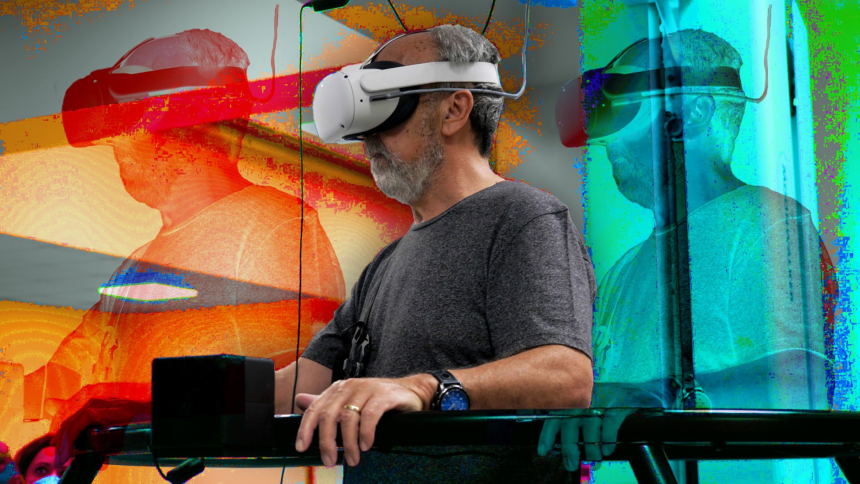Introduction
Autism spectrum disorder (ASD) diagnoses are increasing year by year — but does this mean more people actually have autism? While the numbers might suggest an epidemic, experts caution that the reality is more nuanced. The rise in autism diagnoses does not necessarily reflect a true increase in the prevalence of autism itself. Instead, various social, medical, and policy-driven factors are at play.





1. Expanded Diagnostic Criteria
Since the publication of the DSM-5 in 2013, the definition of autism spectrum disorder has broadened. This reclassification absorbed previously separate conditions such as Asperger’s syndrome and PDD-NOS, increasing the number of individuals who qualify for an ASD diagnosis.
2. Increased Autism Awareness
Public understanding of autism has grown dramatically. Campaigns, social media advocacy, and high-profile individuals sharing their diagnoses have reduced stigma, encouraging more people to seek evaluations for themselves or their children.
3. Improved Screening Tools
Pediatricians and educators now use more refined and widespread screening tools, leading to earlier and more frequent diagnoses — especially among children. Tools like the M-CHAT and ADOS have become routine in early childhood assessments.
4. Better Access to Services
In many countries, an official ASD diagnosis can unlock access to critical services, from special education support to behavioral therapies. As a result, families may actively pursue a diagnosis even for borderline cases to ensure support.
5. Diagnostic Substitution
Some experts believe diagnoses are shifting. Children once diagnosed with intellectual disabilities or speech disorders may now receive an autism diagnosis due to changes in classification systems and a better understanding of overlapping symptoms.
6. Changes in Social Perception
Autism is increasingly viewed through a neurodiversity lens, reducing stigma and leading more adults to recognize lifelong patterns in themselves. This has spurred a surge in adult diagnoses, especially among women and people of color previously overlooked.
7. Educational and Policy Incentives
Schools and government agencies often provide increased funding or support for children with ASD. This can lead to higher diagnosis rates due to institutional incentives — not because autism is more prevalent, but because classification helps secure needed resources.
Conclusion
While autism diagnoses are on the rise, that doesn’t mean autism itself is increasing at the same rate. The shift is largely due to greater awareness, more inclusive diagnostic practices, and evolving societal attitudes toward neurodiversity. Understanding these dynamics helps reduce panic over an “epidemic” and encourages more informed, compassionate support for autistic individuals across the spectrum.
Want to learn more? Read our guide on neurodiversity in schools to see how educators are adapting to support every learner.









